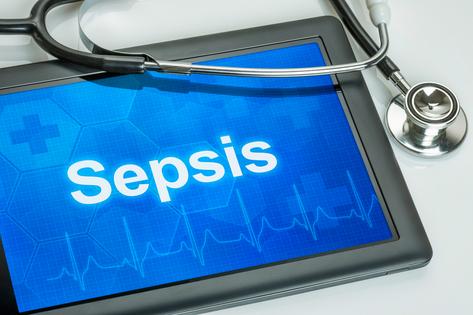Mayo Clinic Q&A: Consider TIME when dealing with sepsis
Published in Health & Fitness
DEAR MAYO CLINIC: My 86-year-old father was recently hospitalized with a severe infection. We were told he’s at an increased risk for sepsis because of his age and medical history. What are the signs of sepsis to watch for now that he’s returned home?
ANSWER: Nearly 270,000 people in the U.S. die annually because of sepsis — more than the number of people who die from prostate cancer, breast cancer and AIDS combined. Yet more than 40% of adults are unfamiliar with the danger of sepsis.
Sepsis occurs from an infection and can quickly become life-threatening. When your body has an infection, the natural response is for the immune system to fight the infection. If the body creates too much of a response to the infection, inflammation can develop, triggering sepsis.
Any type of infection that occurs anywhere in the body can lead to sepsis.
There is a myth that only people who have been hospitalized are at risk of developing sepsis. In fact, 87% of cases originate outside of the hospital setting. Another myth is that sepsis is rare and only affects people with preexisting conditions.
Anyone can develop sepsis, but those at higher risk are:
Symptoms of early sepsis can appear similar to other conditions, and survival depends on pinpointing the source of infection. Blood and urine tests and imaging scans may help identify the type and location of infection.
People at risk of sepsis or who previously have had sepsis should be proactive in talking with their healthcare team about the possibility of sepsis when they are feeling ill.
The acronym TIME is a helpful tool for recognizing and remembering the signs and symptoms of sepsis:
Suspected sepsis should be handled as an emergency by calling 911 and going to a hospital, like you would do with a suspected heart attack or stroke. Urgent response and rapid, aggressive treatment increase the rate of survival.
Treating sepsis as early as possible is crucial to prevent it from worsening. Determining where the infection is and eliminating it is vital to keeping sepsis from progressing to severe sepsis or septic shock. Even with treatment, sepsis can progress to severe sepsis or septic shock, causing organ damage.
Close monitoring and treatment for sepsis occur in the hospital setting, typically with a combination of antibiotics, intravenous fluids and other medications, including vasopressors, corticosteroids or pain relievers. Supportive therapy, such as oxygen, kidney dialysis or mechanical ventilation and surgery may be needed to drain or remove the infection.
Many people who recover from sepsis return to the same level of activity they had before their bout with sepsis. Some people, especially those with weakened immune systems or chronic illnesses, may experience long-term effects.
Talk with your primary care clinician to determine if you’re at increased risk of developing sepsis.
Take these steps to reduce your risk:
— Melissa Myers, M.D., Intensive Care, Mayo Clinic Health System, La Crosse, Wisconsin
(Mayo Clinic Q & A is an educational resource and doesn’t replace regular medical care. This Mayo Clinic Q&A represents inquiries this healthcare expert has received from patients. For more information, visit www.mayoclinic.org.)
©2025 Mayo Foundation for Medical Education and Research. All Rights Reserved. Distributed by Tribune Content Agency, LLC.










Comments